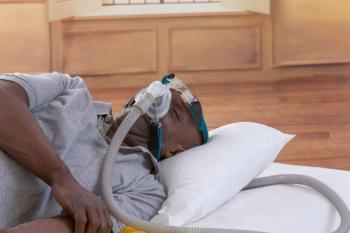
New Analysis Identifies Who Is at Risk for Increased Out-of-Pocket Spending
New report from Kaiser Family Foundation analyzed out-of-pocket cost increases in the past decade and who it affects most.
Over time, the percentage of high out-of-pocket spenders has significantly increased, according to an
“As deductibles in health insurance plans have grown, there is concern about the level of out-of-pocket health costs faced by workers and their families with health insurance,” wrote the authors.
While the growth of health spending in general has remained steady, the same cannot be said for the healthcare costs families are responsible for paying.
In 2015, nearly one-fourth (24%) of insurance enrollees with health coverage from a large employer spent $1000 or more on out-of-pocket medical expenses and more than 1 in 10 workers spent more than $2000. The rate of high out-of-pocket spending has increased 7% from 2005.
Of the large group of people spending more than $1000 out-of-pocket, 59% of them were women, and older enrollees were more likely to spend this amount than younger enrollees.
The amount of out-of-pocket expenses varies among diseases. The analysis found that diseases of the blood, congenital anomalies, digestive disease, cancers, and circulatory system diseases are the 5 highest-costing categories of illnesses. Patients being treated for these conditions spend an average amount of $1500 out-of-pocket annually, with those with blood organ diseases spending approximately $2000.
Patients receiving cancer treatment typically spend $1510, nearly double that of the average insurance enrollee. Having the largest cost, 10% of lymphatic and colorectal cancer patients are stuck paying over $5000 in out-of-pocket expenses.
Among mental health patients, those undergoing suicide treatment face much higher out-of-pocket costs, with 82% spending over $1000 and 62% spending over $2000. Not far behind are those with psychotic disorders and dementia. The probability of an insurance enrollee struggling with mental health having to spend more than $5000 is double that of the average enrollee.
“The cost burden is concerning given that mental health is the top category for disease burden in the US, affecting nearly a fifth of the total adult population,” wrote the authors.
Another
Between 2005 and 2015, the average payment by enrollees toward deductibles grew 229% and overall patient cost-sharing grew 66%. In 2005 large employer plans covered 86.2% and dropped to 85.4% in 2015, reflecting the average payment by health plans rising 56%. During this time period wages rose by 31%.
“We find that, between 2005 and 2015, average payments for deductibles and coinsurance rose considerably faster than the overall cost for covered benefits, while the average payments for copayments fell,” wrote the authors.
Newsletter
Stay ahead of policy, cost, and value—subscribe to AJMC for expert insights at the intersection of clinical care and health economics.













































